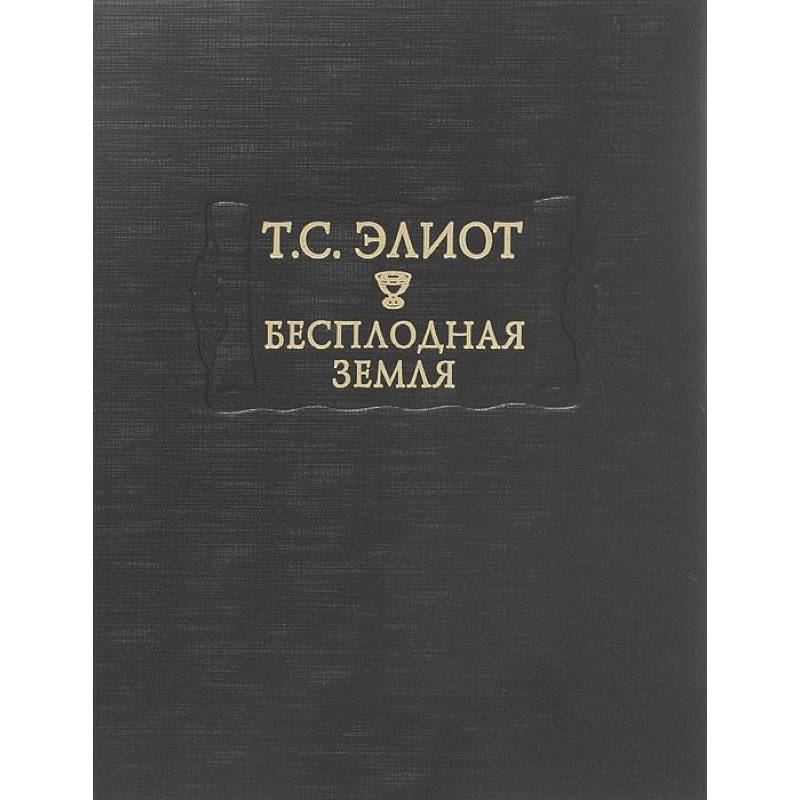Barren land
Please sign in so that we can notify you about a reply
This series "literary monuments" gives an opportunity to take a fresh look at the creativity of Thomas Starnsz Eliot (1888-1965), one of the legendary figures of literary modernism. This American whose ancestors moved to America in the XVII century, in 1914 unexpectedly became an expatriate (and then British subjects) Puritanin "in the perception of the world, Eliot was drawn by his contemporary E. Pound in the orbit of the newest literature (J. Joyce, W. Lewis, IMAZhist poets) Later, it did not prevent Eliota not only to become the author, found in poetry the modernist equivalent of Christianity, but also to become the end of the 1930s prominent representative of the enlightened Christian conservatism. However, the religious appeal once again emphasized the inconsistency of Eliota: a complex combination of traditionalism and avant-garde pumping, problems in relations with women and chasing their "Muses" following the example of Dante, critics of London Bohemia and the apology of a number of modernism radicals. But as it would be positioned at different times Eliot, the poet, changing several public masks, and remained in a large figure mysterious. The key to the riddle of Eliot is its most famous work, the poem "Besle Land" (1922) It reflected many features of the Estetian modernism of the 1910-1920s: reflexion on the "death of God", "Sunset of the West", searching for a new ideal through the limit disappointment, "stream of consciousness", transferred to lyrics, sophisticated symbolistic metaphors, rituals, Myths, designed for modernity, combination of a high syllable and lower idioms, disbelief, references to occult experiments, blasphemy, scandalous eroticism, game and deep autobiographic. The first Russian translating of the "fruitless land" was brilliantly performed in 1974 A.Ya. Sergeyev. However, the poem, withstood a lot of reprints and later transfers, never printed entirely in Russia. In this publication, it is first published in Russian without distorting the author"s will, according to the first book edition of 1922. Parallel English text allows you to evaluate the skill of Eliot and the quality of A.Ya Translation Sergeeva. The publication is complemented by the translation of the first editorial office of the fruitless land, the reviews and critical responses to the poem - from Vulf to K. Brooks, the founder of the American school "new criticism", and also the full translation of the book Eliot "Holy Forest: Essays about poetry and criticism "(1920), where they laid the principles of understanding their own creativity and modernist poetry in general.
Presented in this volume, the translation of the first editorial office of the Bester Land has a special value - this option of the poem is significantly different from its final version, recycled by Eliot to Council E. Punda. The publication is equipped with a rich iconography of the poet and his environment
Presented in this volume, the translation of the first editorial office of the Bester Land has a special value - this option of the poem is significantly different from its final version, recycled by Eliot to Council E. Punda. The publication is equipped with a rich iconography of the poet and his environment
Author:
Author:Eliot Thomas Sterns
Cover:
Cover:Hard
Category:
- Category:Fiction
Paper:
Paper:White
Series:
Series: Literary Monuments
ISBN:
ISBN:978-5-86218-526-3
No reviews found
